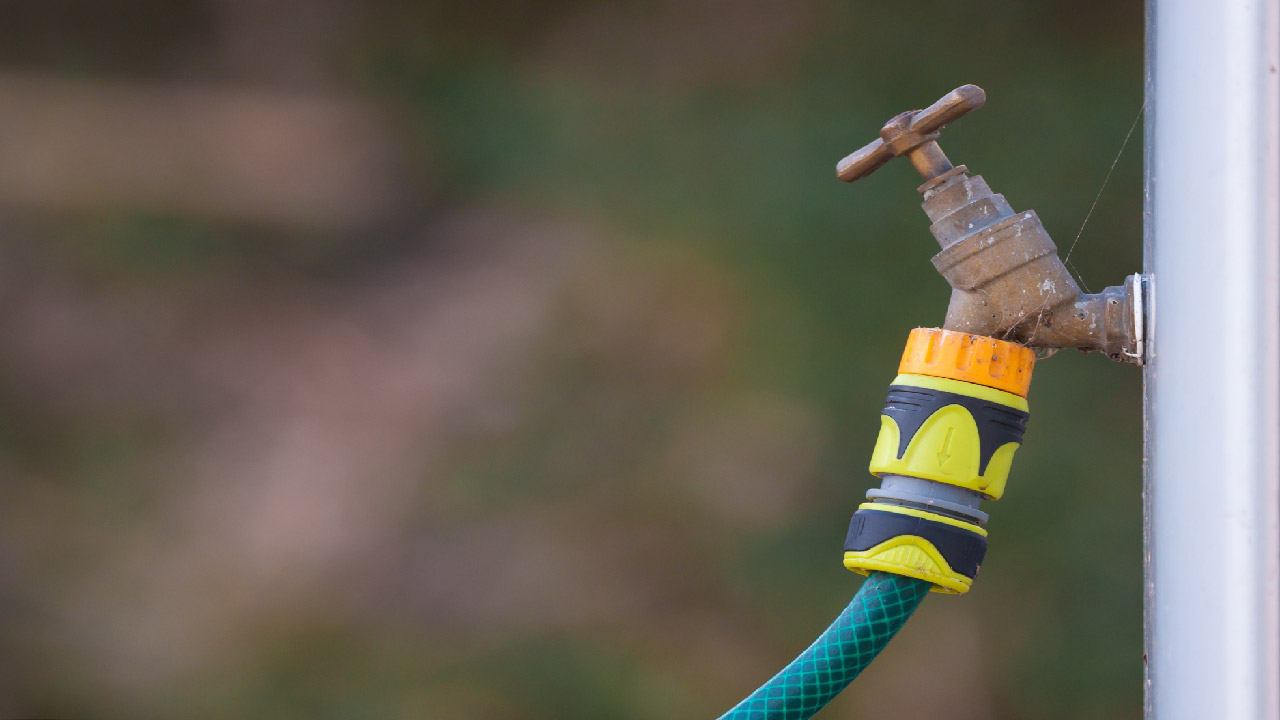What is Backflow prevention and How does it work in Irrigation Systems
Sep 21st 2023
Drip irrigation systems are easy to manage and provide tremendous versatility for watering your garden and landscape. However, if you, like most people, are drawing water from the same source you drink from then extra care is needed. If you're thinking about using fertilizers, chemicals or other additives in your drip irrigation system, then a backflow prevention device is an essential part of your drip irrigation supplies to prevent the undesired reversal of liquid. Even if you don't use these products, there is still potential for contamination from neighboring yards or animal waste. While some municipalities require that backflow preventers are used in irrigation systems, it may be a good idea to use one even if it isn't required.
One instance where a backflow preventer may not be necessary is if you are utilizing a gravity-fed irrigation system connected to a separate water source than your home piping. If you collect water in rain barrels to use specifically for irrigation purposes, then a backflow prevention device won't be needed to keep the water supply safe to drink.
A backflow valve acts like a one-way gate for water and prevents potential contaminants from entering into potable water during a backflow event. There are two main types of backflows: back-pressure, when the pressure downstream is higher than upstream of the irrigation system, and back-siphon, when water is vacuumed back upstream due to a water main break or open fire hydrant. Though not very common, backflow events usually happen in homes connected to a municipal water source where a drop in pressure pulls water from irrigation tubing back into the system, contaminating it. Home water pressure should remain steady around 40-60 PSI. Any sudden changes can cause a backflow event.
To install a backflow preventer in your watering system, be sure you place it at the beginning of your tubing before any of the other irrigation pieces like the timer or pressure regulators. Check valves are an option, but they can be easily overcome by a large amount of water. A vacuum breaker is a great choice for your backflow device but be sure it is located above your highest sprinkler head. Air bleed valves are placed at the highest points in the system. They are designed to prevent emitters from sucking in dirt particles once the system shuts off. A useful part of the irrigation system, they are not made to prevent water from flowing back into the municipal pipe.
For more information on backflow prevention devices and other design tips for drip irrigation visit us at dripworks.com. Check out our resource page to find helpful guides and how to videos.

